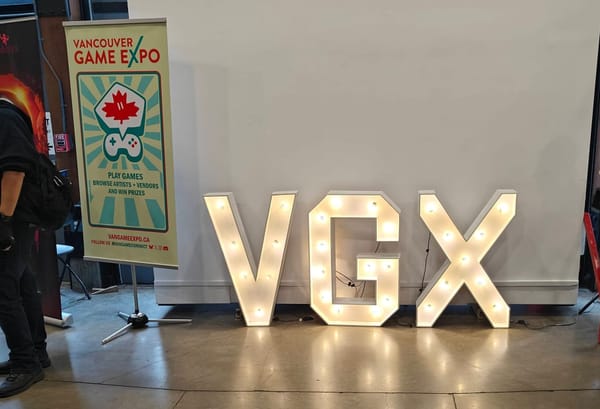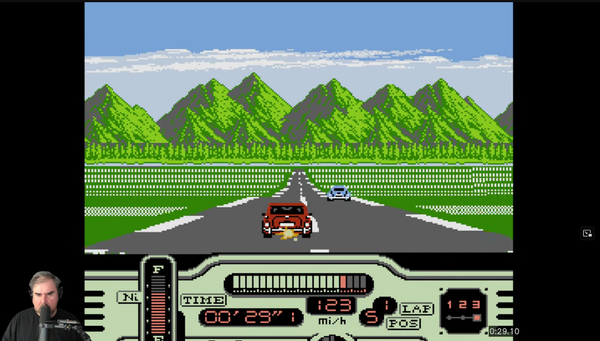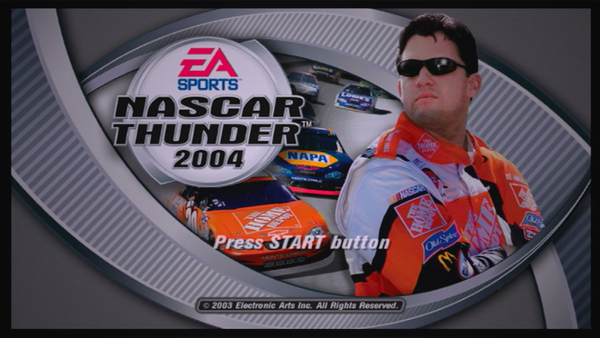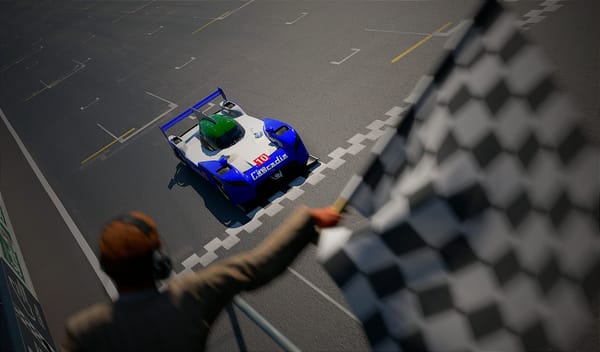BRGoF25 - The Wipeout That Lost It's Way
It it a mastery of environmental storytelling never seen in racing games before, or since.
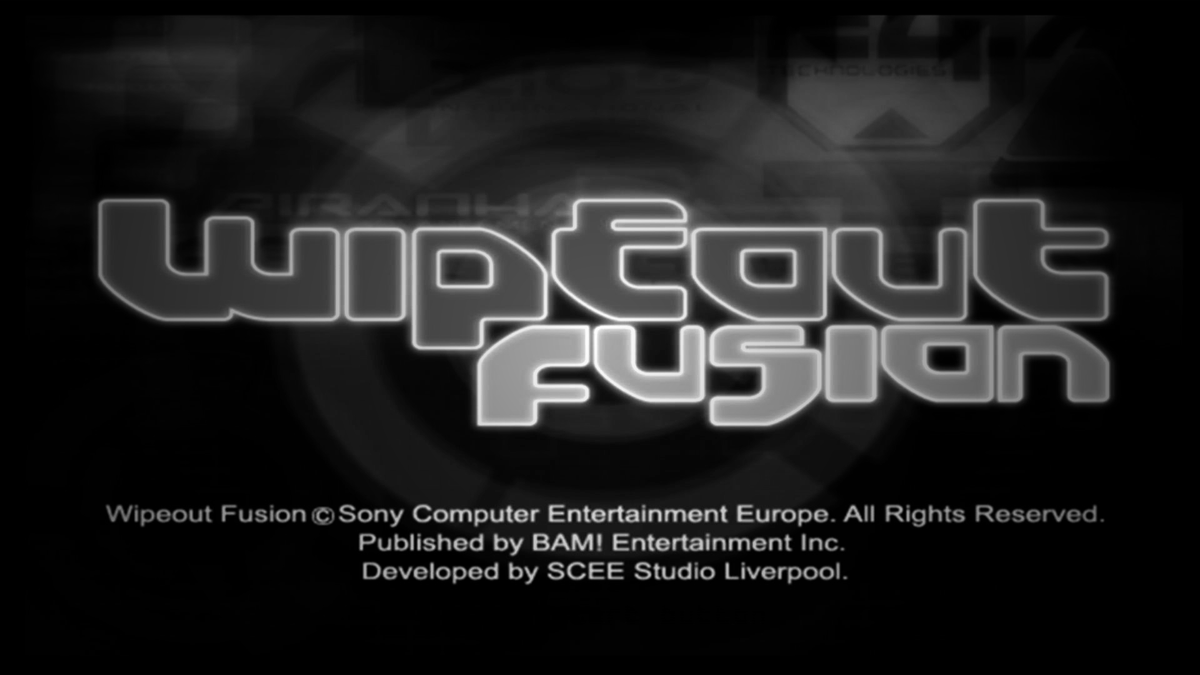
Welcome to BRGoF25, a look at the Best Racing Games of the First 25 years of the 21st century. A love letter to the titles that defined the genre during this time of immense growth in the industry, transcended boundaries and broke the glass ceiling to become the very best that video games had to offer.
Inspired by Giant Bomb polling their users on what they say is their 10 best games of the 21st century, this series of articles will focus on the racing games that, in my opinion, rubs shoulders with the giants in the industry that make up what GB's users submitted themselves. These are racing games that you should find a way to play for yourself, regardless of your gaming preferences.
"If you have the means, I highly recommend picking one up."
BRGoF25 starts with a curious case. We start with the game that is the black sheep of one of the most legendary franchises in all of racing games, but one that should be held in the highest regard all the same. Before this entry, this franchise helped paved the way for the future of gaming through it's bold, more mature marketing campaign, it's iconic soundtracks that showed off the dawn of electronic dance music as we know it today, and was among the first series to truly embrace the gaming in the third dimension that helped make PlayStation what it is today. And afterwards, there was never a steadier franchise in terms of delivering a fantastic and engaging anti-gravity racing experience through to it's final releases on the PlayStation Vita and PS4.
But in the middle of all that, things changed. The optimistic visage that adorned the first three Wipeout games turned downright nasty; with the race as an event becoming grandiose but the racing itself showing fangs the franchise had never seen before, and never saw since. Something within the core of Wipeout had changed after Wipeout 3 to where the best way to show that was by making the sequel nothing like it's predecessors. And in doing so, gave reason for the games to follow to be seen as a return to form as the parasite that reared it's ugly head came tumbling down, and the F9000 as it was known within Wipeout Fusion...
simply stopped. It is a mastery of environmental storytelling never seen in racing games before, or since.
The first game on my list of the Best Racing Games of the First 25 years of the 21st century: Wipeout Fusion for the PlayStation 2.
To first understand the brilliance of Wipeout Fusion, it must be understood that the first four games in the franchise, and Wipeout 2048, have an overarching story to them. There is a conflict at the core of Wipeout revolving around the invention of anti-gravity technology and what the teams, and their owners, view as the purpose of this world changing technology. FEISAR, AG Systems, and Auricom view AG through the lens of how it can and will continue to benefit mankind first before any profit motive, and use the racing as an outlet to further develop and grow the technology and their wish to continue the vision of the technology's inventor Pierre Belmondo. The fourth team of the original four, Qirex, and their owners Overtel saw the immense profitability of the technology first and had a disdain for the artistic beauty of sport. They wanted to win no matter the cost, and for the line to go up.
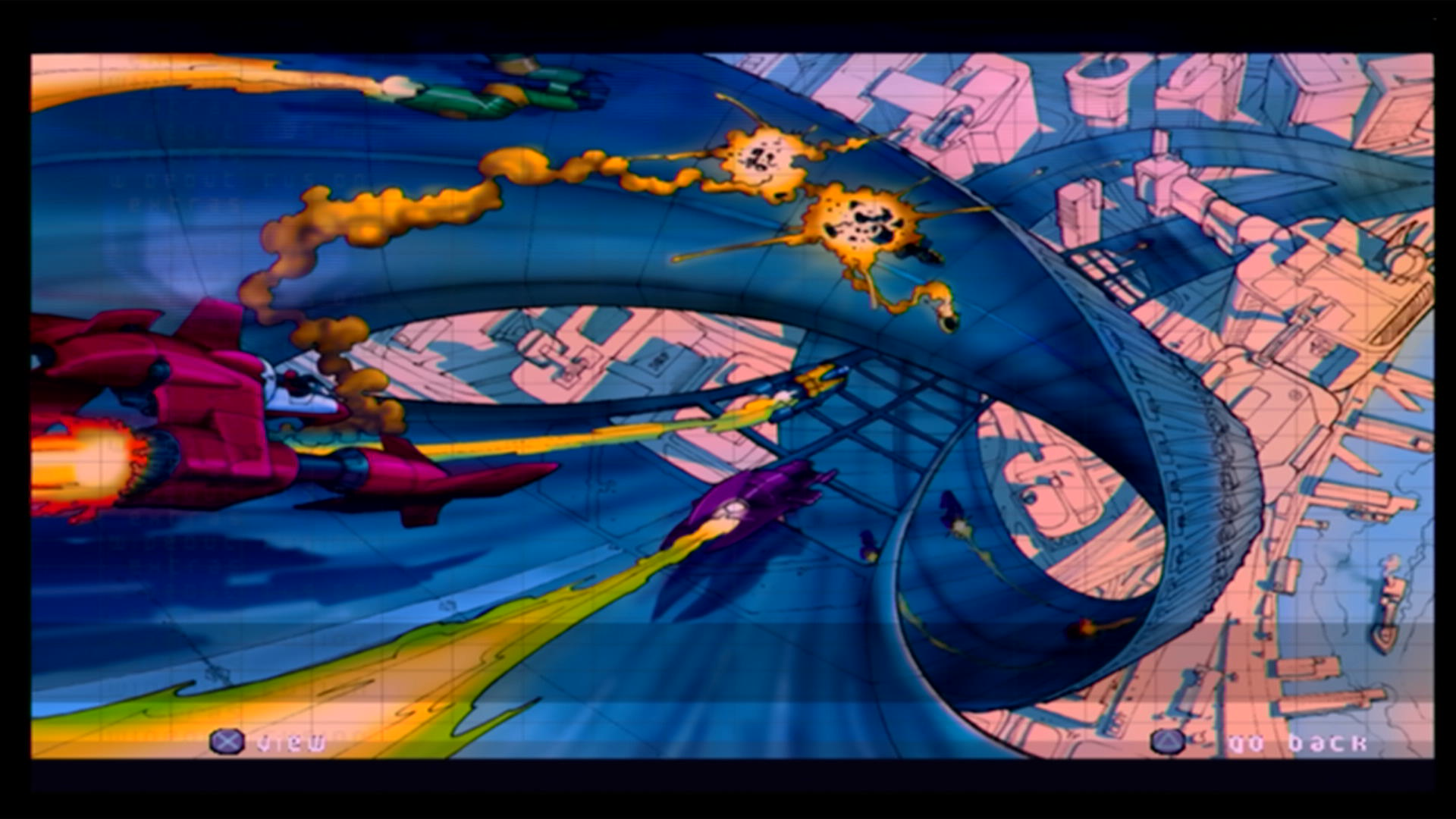
But being just a team, and the prize money that came with being that successful, wasn't enough for Overtel. By the time Wipeout 3 came around, Overtel had sold off Qirex after they had became the main force moving the levers of power within the organizing body. The telecommunications company then made their move, and remade anti-gravity racing in their own image with the F9000 that you partake in through Wipeout Fusion: to that much nastier form of itself I previously mentioned. And much like another major racing series that was also bought by a major multimedia firm, AG racing exploded in growth and popularity with the changes. But, we had to get to Wipeout Pure from Fusion somehow right? As it turned out, Overtel built a house of cards for itself using corruption, race fixing and manipulation and even murder that was eventually exposed to the world mid-race: with all the pilots taking part grinding their crafts to a halt as their world simply came to an end. The racing, as it was in Wipeout Fusion, was no more and it took decades within the universe for the original vision for the technology to return to the fore in Wipeout Pure. This is all true, and is well worth a read on WipeoutZone and on Wipeout Central.
But.. what does that mean for the game itself? How does the game execute that?
Perhaps the biggest change for Wipeout Fusion was how the conflict of a race is balanced, with that scale being more tipped to the side of combat than pure racing. This is the most aggressive the ai opponents will ever be in a Wipeout in terms of using the weapons that's acquired from flying over the weapon pads, because it's encouraged to try and eliminate your opponents. For the only time in any of the Wipeout games, you earn championship points for eliminating your opponents in a race and the ai know this. You can win a race but have second place score as many points as you just from one elimination, with some races potentially having less than half of the 16-strong field not making the finish. You can still out race the field with well timed turbos and autopilot assists, but you need to be ready for things to get ugly on your way to the front of the field. You are still fully engaged in the race like any other Wipeout, but now you're watching your back as much as you are the track ahead.
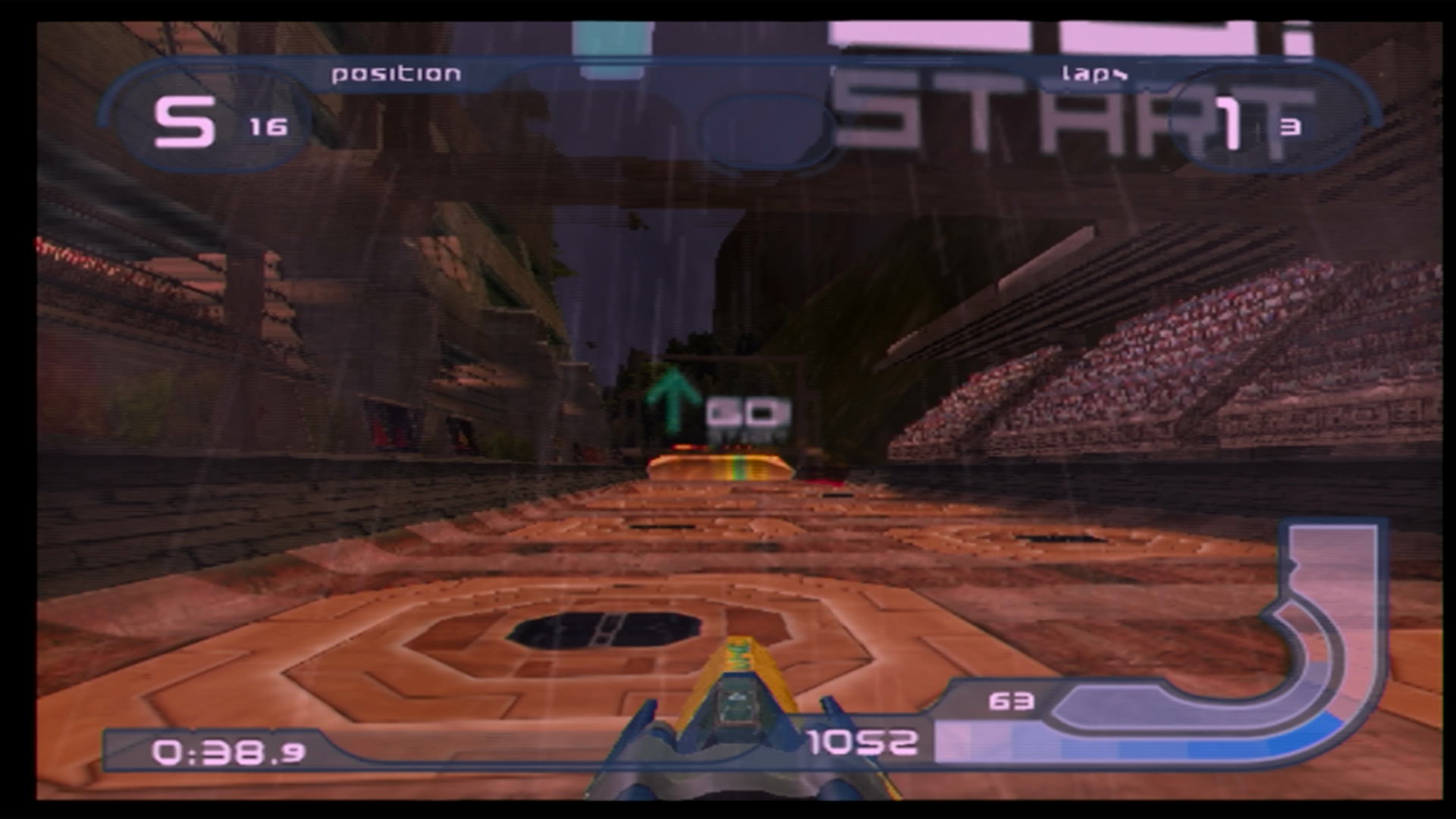
Those tracks have undertaken a major overhaul as well. Tracks are now much, much wider and can have open field sections before bottling back down to the main racing surface. Split paths make a return, with bonus paths and routes being activated by special pads on the track you fly over. With the added horsepower of the PlayStation 2, full verticality was now possible and fully taken advantage of; with tracks now featuring loop-de-loops and corkscrew twists for the first time in the franchise. That verticality also brings the idea of these tracks being grander to the fore. Tracks in the three PSX Wipeouts didn't always give the impression that the F3600, F5000, or F7200 were the biggest racing championship in the world with the tracks more feeling like you were merely racing in an elaborate tube at times rather than being a circuit in an actual place. But now, the full environment of each location was built up: passerby ships are flying in the distance, the screaming of the crowd on the pit straight is overwhelming, and you now have a full sense of the undertaking to put on a F9000 event.
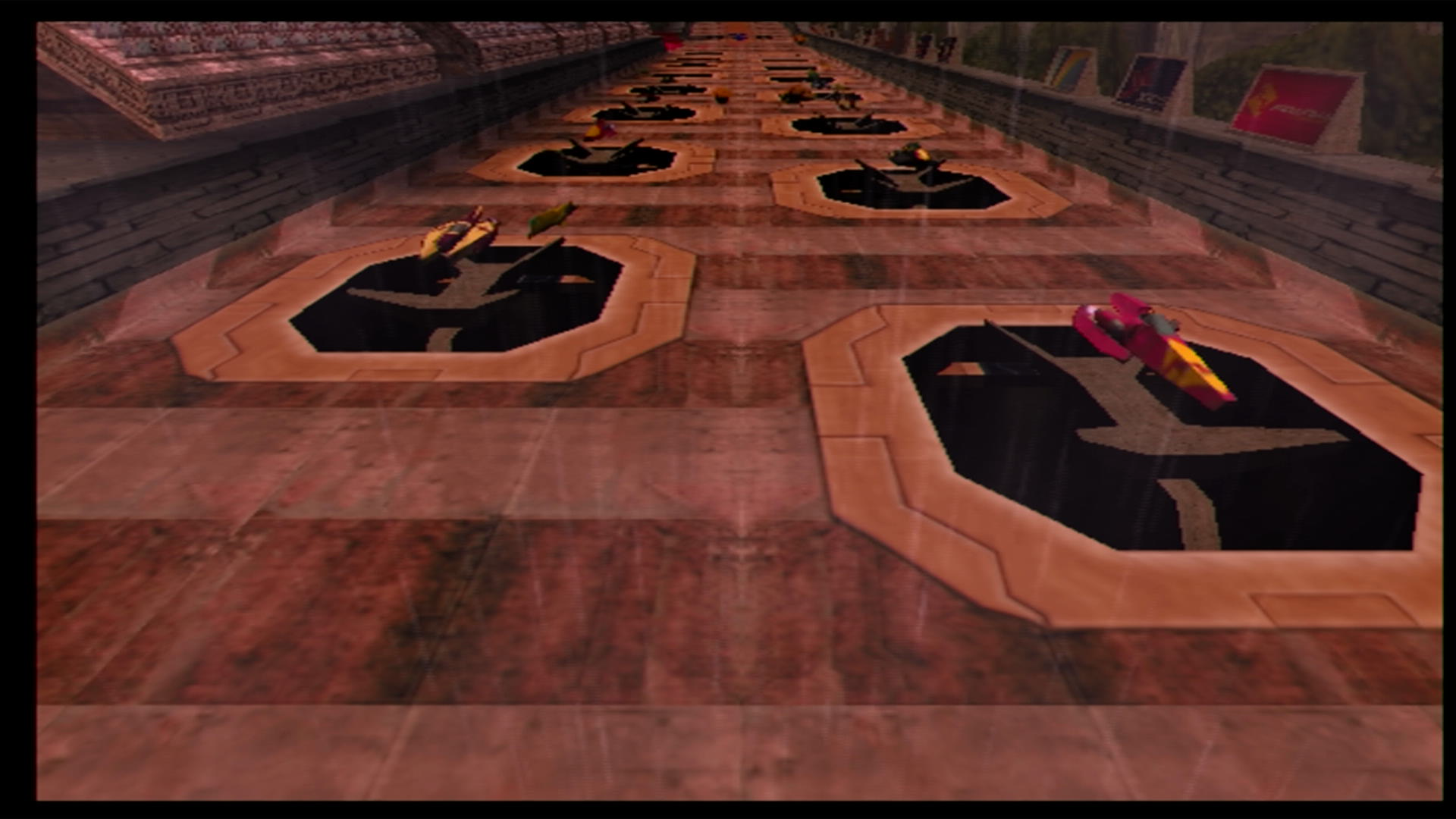
And that's the entire point. For Overtel to transform anti-gravity racing into their version of it, it had to get bigger and more spectacular. It had to be ferocious, with the most variety in weaponry the series will ever have paired with teams having unique super weapons. It's meant to be theater first and then a sport second; and for a developer from the top-down to be able to display that to the player through gameplay and visuals is an incredible feat, even as most of this lore and truth isn't discreetly told to the player.
Back to looking at Wipeout Fusion more at the surface level, this is still anti-gravity racing at it's very best. There is this buttery-like smoothness that the crafts have when flying that they just don't in the rest of the franchise, as much as I also like the tighter radius that crafts in later Wipeouts have when navigating slower corners or committing to initial inputs. There is an immense satisfaction here if you nail a switchback section without shedding too much momentum, with that becoming paramount with Wipeout Fusion being the franchise debut for the Zone gameplay mode. At the same time, the camera doesn't move forward and back in relation to speed or using a turbo boost or move on the Y-axis at all. It can be easy to get disorientated by how much faster you're going compared to what you think you're doing which can cause problems with some corners requiring the quickest twitch movements in the whole franchise. Tacked onto that is one of the environments featuring a tunnel section where the road ahead is closed off by massive steel doors which only open when you're directly in front of them; resulting in some of the worst instances of forced track memorization I've seen in any racing game.
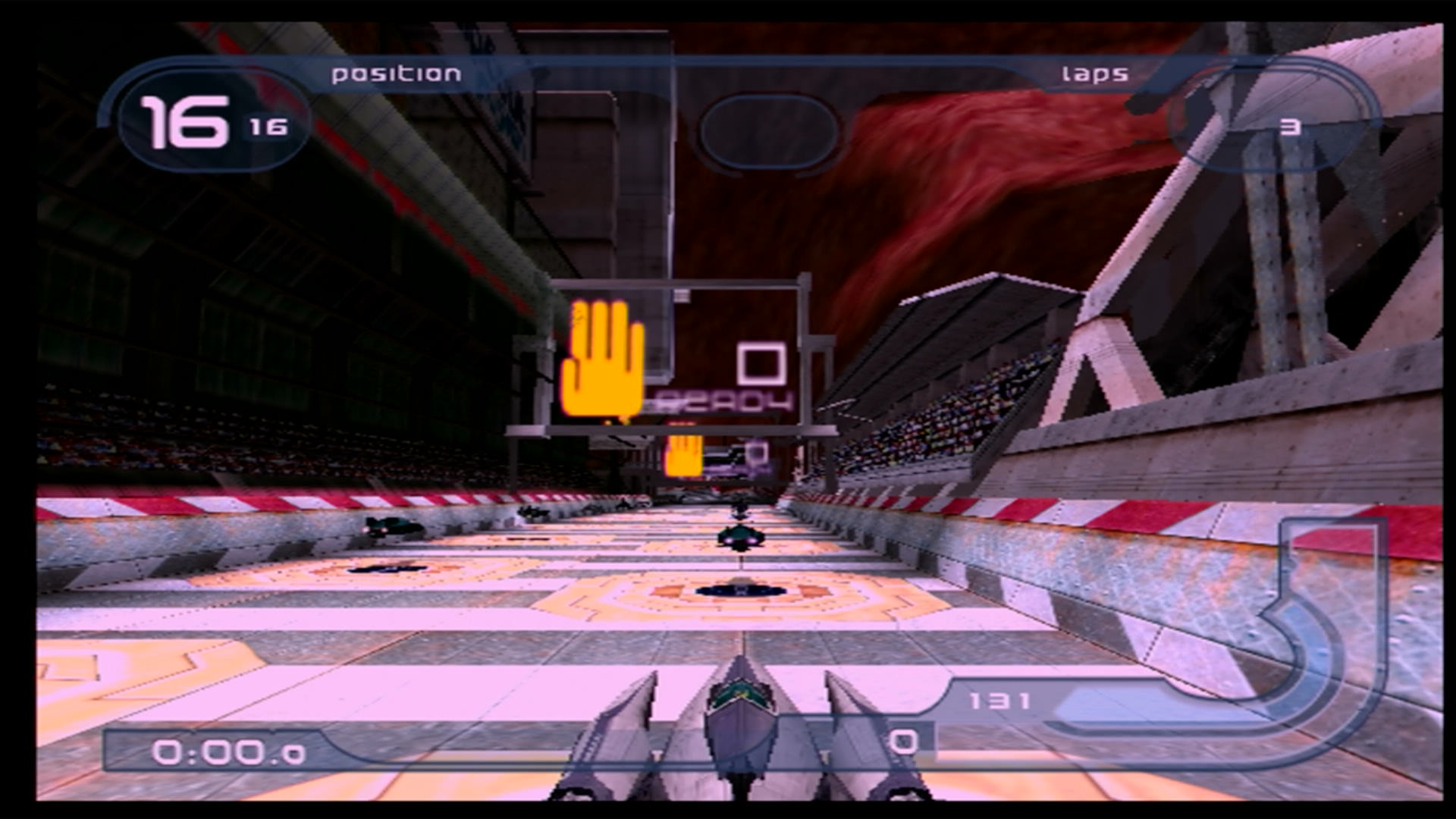
However, it will take some game time for Tetmesh Bay to show up in the AG League mode and is a rarity in the team-specific challenges you can do on the side. The game's progression focuses on getting you up to speed with the new handling style, and building up your credits earned from competing in the AG League for buying ship upgrades. Notably, these upgrades function as a replacement for the Speed Classes that feature in the rest of the franchise; with the ai's overall pace and intelligence naturally improving through the leagues, giving the impression that they are keeping up with the rate of development that you are making. The trick with the upgrades is to fully downgrade the ship you were using to then reinvest in the most recent team you've unlocked. That will allow you to keep up, and sometimes get ahead, of the ai's improvements and give some of the most positive feedback in terms of the player's growth and progression the Wipeout franchise has ever had.
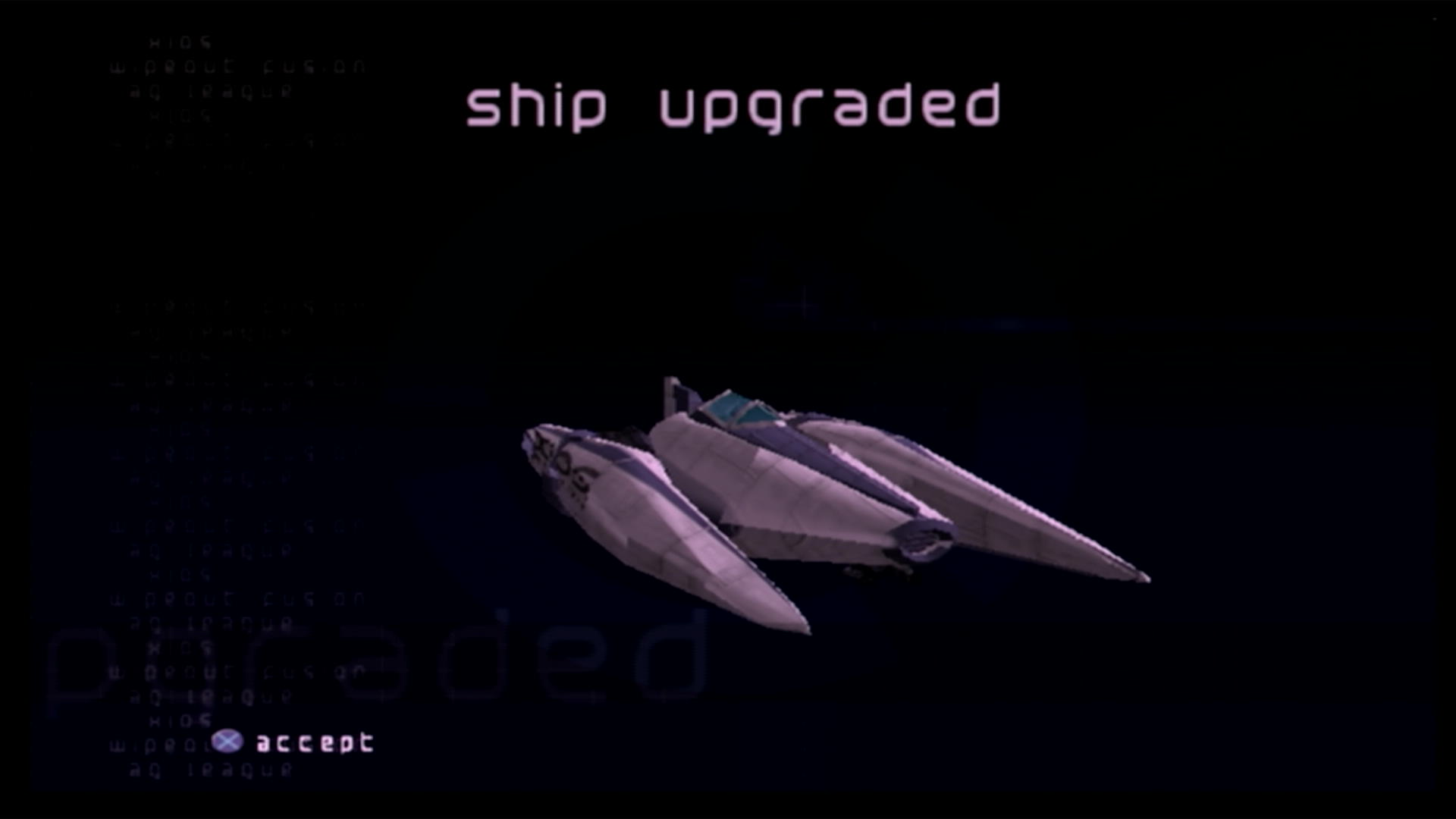
The electronic dance music, while lacking the star power that was featured in Wipeout 2097, meshes with the gameplay the best of the whole franchise in terms of matching Fusion's high octane racing. This, alongside the previously mentioned 2097, is the kind of soundtrack you want in your car for a late night drive as well as for piloting your "death sled" as it sometimes approaches mach 2 during a race. This is the most up front the music has been about complimenting the racing, rather than complimenting the environment and it works with the F9000 being about the spectacle, rather than the celebration of the technology at hand. It goes that extra mile of not just being a great soundtrack in a vacuum, but helping to build the world and the racing that you hear it in. It's another layer of Wipeout Fusion being made with intent by it's directors and producers, and everyone else on the staff at Psygnosis, later called Studio Liverpool, completely buying into the vision for a Wipeout that lost it's way.
The thing is, a Wipeout that lost it's way is still Wipeout. That more mechanical feeling of manipulating the air and gravity may be replaced with that more smooth piloting experience, but the basic tools that allow you to succeed in any other game in the franchise still apply; you just have to be way earlier in doing turning inputs and air-braking. The more realistic textures and lighting that allowed Wipeout 3 to be among the best looking original PlayStation games have been replaced with some over the top lightning choices for tracks and more bulbous looking environments and ships typical of early PS2 titles, but that comes with a franchise with it's biggest super villain in the series at the peak of their powers in an era where Rob Liefeld's absurdly proportioned characters still ruled the roost in the comic book world. The build up and resolution to Wipeout Fusion in many ways does feel like a comic book from the 90s: having to go larger than life to get people to realize that this is the biggest event the franchise has ever had in it's modern era.
Wipeout Fusion stood up to that challenge in the best way. This is the black sheep of the franchise to the hardcore fans of the series because it's nothing like the rest of the franchise; but in order for the light and the highs to shine the brightest, sometimes things need to get a little dark, angsty and grim. Sometimes, you need to push how you express yourself to find out what it means to be truly happy in your own skin as yourself.
And for one of the biggest racing game franchises of all time to do that, fully own those actions and execute it this well is a mark of true greatness within the genre.
Up next on BRGoF25: we take a couple hours drive south on the M6, and take a look at two games from another one of the UK's great game developers. Two games that let the world know that they were ready for the big time.


